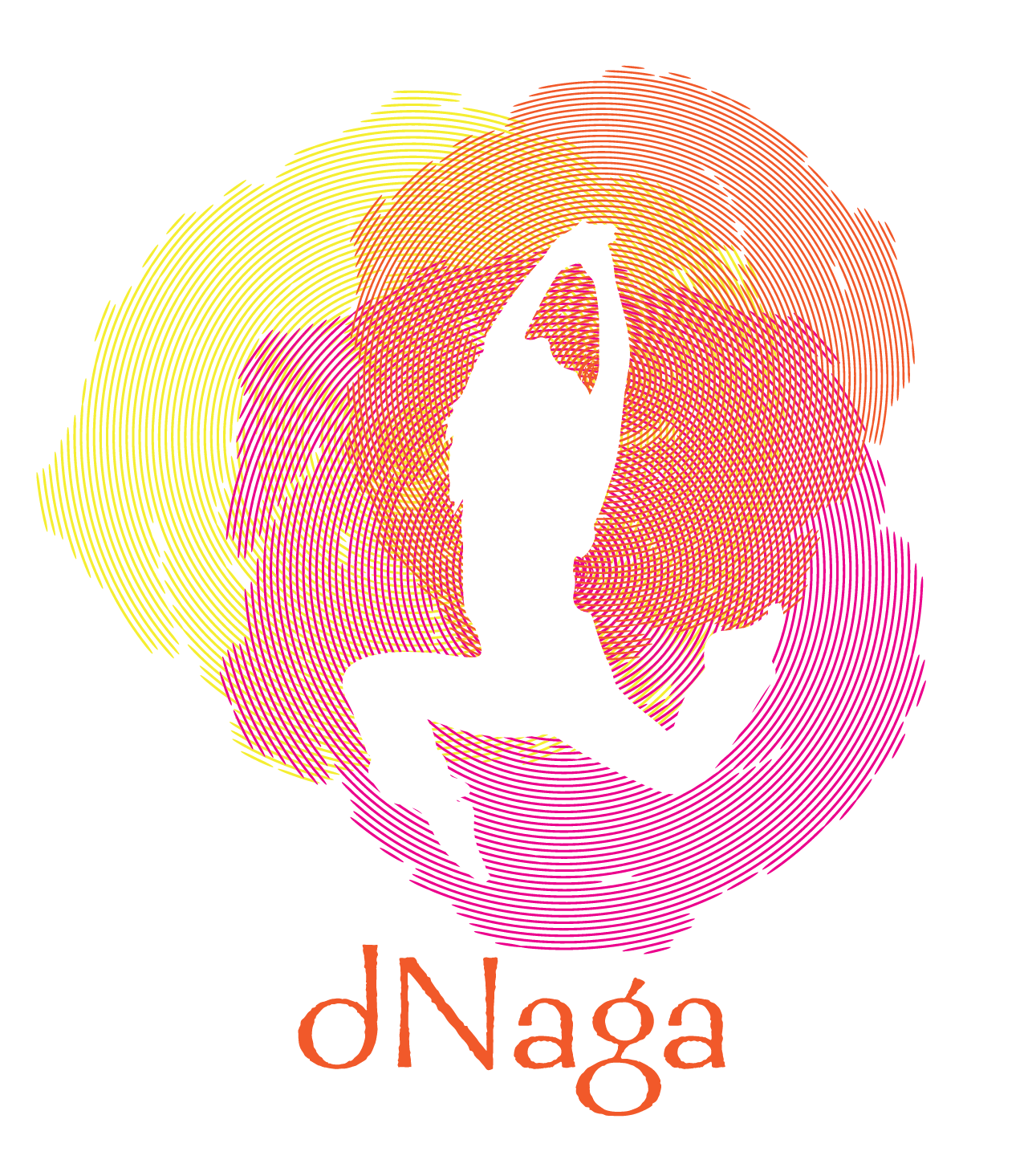Threshold
The time is now, will you come through?
Threshold, a shared program by Claudine Naganuma’s dNaga Dance Co. and choreographer SanSan Kwan, offers a feminist response to anti-Asian violence and Asian American invisibility. This evening of dance ushers audiences into an encounter with the shadows and structures that uphold racial violence and choreographs a space of restoration and liberation. Join us in exploring the kinetics of resilience.
Meet us at the Threshold. Cross through with community and dive into legacies that bring us toward sovereignty over our Selves and into solidarity with the collective.
For more information visit Mondavi Center/Threshold
Photo by Matt Haber
Showing at the Mondavi Center in the Vanderhoef Studio Theatre
Unbound has provided an opportunity to engage in an in depth inquiry about how the uptick in Anti-Asian violence has affected our communities. Informed by a legacy of generational trauma and armed with art as a tool for healing, dance allows us the time and space to delve into the origins and complexities of anti-Asian sentiments. These times require that we build our capacity to transform trauma, cultivate resiliency and thrive together.
Choreographers, Claudine Naganuma and SanSan Kwan, were selected to provide somatic perspectives as part of the AAVOT research initiative.
Anti-Asian Violence: Origins and Trajectories
One predominant narrative of anti-Asian violence posits a unitary historical figure subject to exclusion, drawing a direct line between the historical legal context and the violence of today. A predominant response is to assume that this violence will end through more surveillance, policing, and the designation of cases of anti-Asian violence as hate crimes. These dominant narratives put too much weight on the concept of hate, rendering anti-Asian violence the effect of individual prejudice, leading to limited responses.
The Anti-Asian Violence: Origins and Trajectories (AAVOT) Research Initiative plans to study several historical trajectories of anti-Asian violence across multiple scales, in relation to causes that are local, national, and transnational; to interrogate differences of gender, class, nationality, sexuality, and ethnicity elided in the idea of a unitary “Asian American” victim of violence; and to critically examine how the Asian/American body is mobilized in relation to the carceral state while working to envision diverse modes of sustaining livable communities and forging multiracial alliances.


